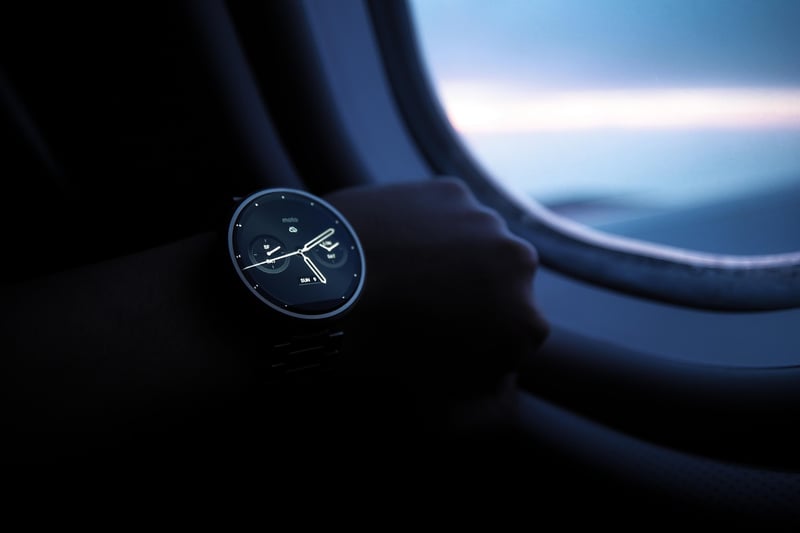Time Travel Technology
Exploring Time Devices and Time Travel Technology
Time has always been a fascinating concept, and humans have long been intrigued by the possibility of manipulating time. From ancient sundials to modern atomic clocks, time devices have evolved over millennia. Let's delve into the world of time devices and even touch on the speculative realm of time travel technology.
Ancient Time Devices
Ancient civilizations devised ingenious methods to measure time. One of the earliest timekeeping devices was the sundial, which used the position of the sun's shadow to estimate the time of day. Water clocks, candle clocks, and hourglasses were also used in various cultures to track time.
Mechanical Clocks
The invention of mechanical clocks in the Middle Ages revolutionized timekeeping. Clock towers became prominent features in cities, and portable pocket watches allowed individuals to carry time with them. The intricate gears and mechanisms of these clocks paved the way for precise time measurement.
Atomic Clocks
Modern timekeeping relies on atomic clocks for unparalleled accuracy. Atomic clocks use the vibrations of atoms to measure time, with cesium atomic clocks being the most common type. These clocks are crucial for technologies like GPS and telecommunications, where precise timing is essential.
Time Travel Technology
While time travel remains a concept primarily explored in science fiction, physicists have theorized about its possibility. Concepts like wormholes, time dilation, and the theory of relativity offer glimpses into how time travel could potentially work. However, practical time travel technology remains a distant dream.
Conclusion
Time devices have played a crucial role in human history, shaping our understanding and measurement of time. While time travel technology may still be a distant frontier, the evolution of time devices continues to captivate our imagination.
For more information on time devices and time travel technology, you can explore further resources here and here.




